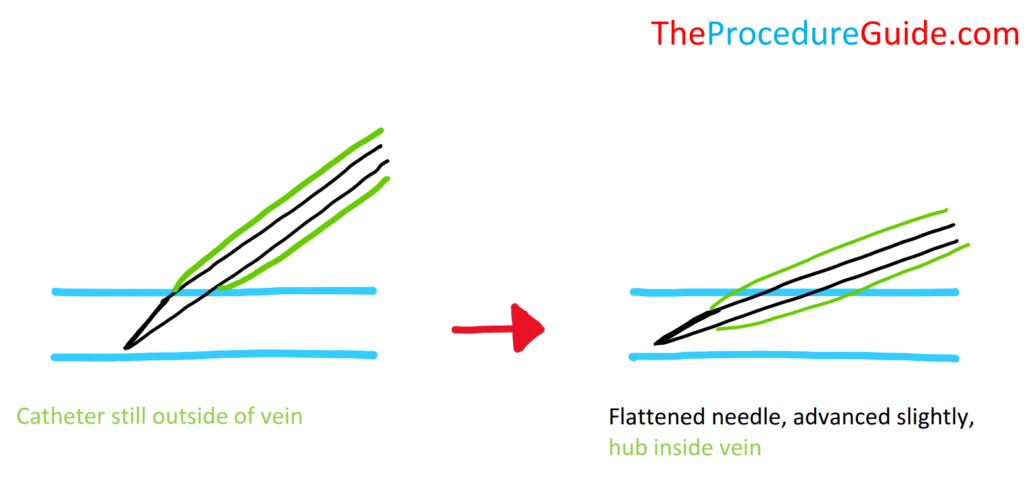Pediatric Peripheral IV (PIV) Insertion Guide
Posted on: April 8, 2025, by : Haroon Shaukat MD
✅ Common Peripheral IV Sites in Pediatrics
| Site | Notes |
| Dorsum of hands | Often easiest, visible veins, easy to secure |
| Forearm / Antecubital (AC) Fossa | Good flow, easier in older kids |
| Wrist veins | May be superficial and visible |
| Scalp veins (infants) | Use vein above the ear or temporal veins (last resort) |
| Feet / Saphenous vein (ankle) | Use with caution, higher risk of infiltration |
💡 Avoid areas with infection, bruising, or prior attempts.
✅ Equipment Needed:
- Tourniquet (latex-free)
- Alcohol swabs / Chlorhexidine wipes
- IV catheter (24g – neonate/infant, 22g – toddler/small child, 20g – older child/adolescent)
- Saline flush (5-10 mL syringe)
- Transparent dressing (Tegaderm® or equivalent)
- Tape or securement device (StatLock® if available)
- IV extension tubing
- Gloves

✅ Steps for Pediatric IV Insertion:
- Prepare your equipment—have everything ready and primed.
- Wash hands and wear gloves.
- Apply a tourniquet proximal to the insertion site—check for vein distension.
- For infants: consider warm packs or transilluminator to visualize veins.
- Clean the skin with chlorhexidine/alcohol—allow to dry completely.
- Stabilize the vein by stretching the skin taut.
- Insert the catheter:
- Bevel up, insert at 10–30° angle
- Advance until you see flashback of blood
- Lower the angle and advance the catheter fully into the vein
- Release the tourniquet.
- Attach primed extension tubing and aspirate gently to confirm placement.
- Flush with saline—look for swelling or resistance.
- Secure the IV:
- Apply transparent dressing
- Tape the tubing securely but ensure IV remains visible for monitoring
- Label the site with date and time.

✅ Pro Tips for Pediatrics:
- Smallest gauge catheter that provides adequate flow is recommended (24g–22g common).
- Consider using EMLA® cream or freezing spray for pain control if non-emergent.
- Use distraction (toys, iPad, child life) to minimize fear and movement.
- Reassess site frequently—pediatric IVs are prone to infiltration.
✅ Signs of Successful Placement:
- Blood return/flashback
- Easy flush without resistance or swelling
- No leaking at the site
- Transparent dressing secured without tension
🔗 Pediatric IV Start Video:
